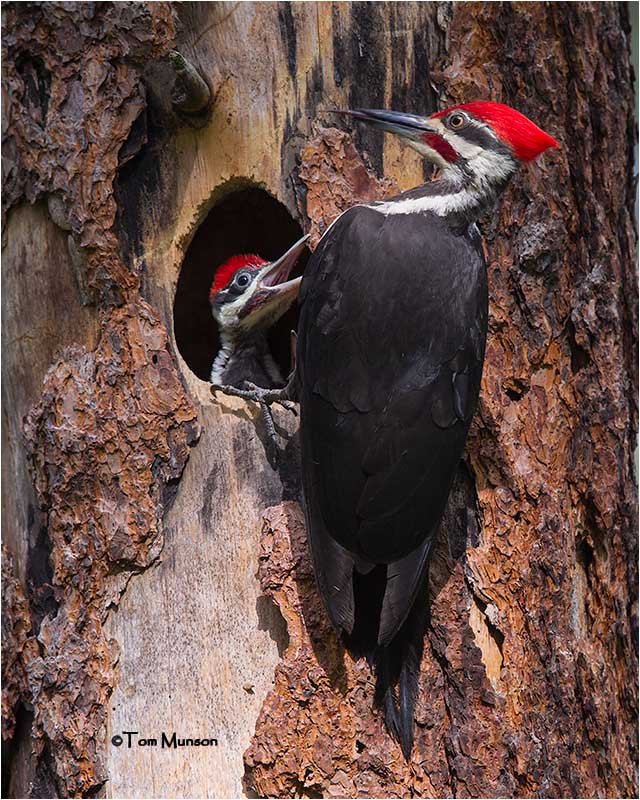I am especially fond of birds of prey. And why not? They soar on magnificent wings, see with the keenest vision, and are laser- focused hunters. They inspire and symbolize freedom. Any cold winter day gets better when seeing an eagle, hawk, or falcon.
Winter draws a favorite raptor to our region – the rough-legged hawk (Buteo lagopus). A resident of the tundra habitats in North America and Eurasia during summer, the roughleg winters in the northern U.S. and Canada, where it may be found perched on the highest, slenderest branches, on poles and fence posts, or hovering over open ground searching for small rodents.
One of the most common raptors in the arctic, the rough-legged hawk’s summer diet features mostly lemmings. During winter, voles, mice, and shrews dominate their meals. For a relatively large buteo, roughlegs have a small beak and feet – adaptations for hunting small mammals.
The feathers on the rough-legged hawk’s legs extend all the way to its toes – a useful heat-conserving characteristic for arctic life – and a clue to the roughleg’s scientific name. The species name, lagopus, comes from the Greek lago, meaning “hare” and pous, meaning “foot.” Only the ferruginous hawk and golden eagle share this feathered-leg trait.
Rough-legged hawks exhibit a wide variety of plumages, ranging from all dark to light morphs, and varying between males and females, and adults and juveniles. Light morphs outnumber dark especially in the west (only 10% of wintering population). Helpful field traits include long wings spanning 47 to 60 inches, a long white tail with one of more sub terminal bands and a light-colored head. When seen from below look for dark carpal or wrist patches, and pale flight feathers with a dark band on the trailing edge. Light morphs often have a dark belly band, usually larger and darker in females and juveniles. Now that winter is here look for this handsome hawk in open fields, marshes, and prairie habitats. If you see a hawk that sits on the top of impossibly small branches chances are it is a roughleg. And do not forget to look for another favorite winter visitor – bald eagles are back on Coeur d’Alene Lake.
